
If you aren't into long boat rides to get to a dive site, why not bring the dive site to you? It's been more than 50 years since this simple idea launched the first stay-aboard dive boats and created a new way to dive. Today, the liveaboard fleet numbers into the hundreds, and plies every ocean in the world. In some destinations, these boats imply provide more convent access to favorite sites, while in others, they provide access that would not otherwise be possible. And the image of the dive liveaboard has also evolved. What started out as a collection of converted workboats has blossomed into a flotilla custom-crated for diving, with accommodations that range from comfortable to downright luxurious, and itineraries that take in many of the world's premier diving regions. Here are five of those areas that always top the charts for marine life and underwater scenery.
Among the Atolls
The Maldives seem tailor-made for liveaboard diving. More land that water, this nation of tropical islands is made up of 26 atolls, more than 1,000 small islands and many more thousands of miles of fringing coral reefs. This creates an aquatic playground for divers, who will find everything from shallow coral gardens within protected lagoons, to big walls, fish-filled passes and open water pinnacles. The big guys are here, including sharks, manta rays, whale sharks and five of the seven sea turtle species. Reefs also harbor an impressive collection of smaller marine life, ensuring that every dive brings memory-worth encounters. There are a number of first-class resorts scattered across the archipelago, but many savvy divers feel that a liveaboard dive boat provides the best access to the full diversity of the Maldives.

There are a number of liveaboards roaming the waters of the Maldives, and the fleet ranges from comfortable and cost-effective vessels to high-end yachts that deliver five-star luxuries. One feature most all these boats have, which is unique to the Maldives, is the tenders that accompany the liveaboards. Rather than dive from the back of the big boat, or load aboard small open launches, divers typically board a large day boat known as a dhoni, which provides comforts such as sheltered decks, full-sized bathrooms with showers and sometimes even a small kitchen for mid-day snacks and meals.

Seas of Life
Diversity is the name of the game when diving the waters of Indonesia. Sitting in the heart of what is known as the Coral Triangle, this region boasts the world's highest level of marine biodiversity. And we're not just talking fish. Those numbers also apply to hard and soft corals, and to the myriad assortment of invertebrates that hide among the crevices of the reefs or skulk across the sand and muck bottoms of shallow bays. Indonesia is also home to the largest fleet of liveaboards in the world, but don't worry, dive sites aren't crowded. In fact, with more than 11,000 islands stretching more than 2000 miles east to west, there's a lifetime of diving, and then some. The islands of Raja Ampat offer stunning topside profiles and near-pristine reefs that harbor the world's greatest number of fish species in one location.
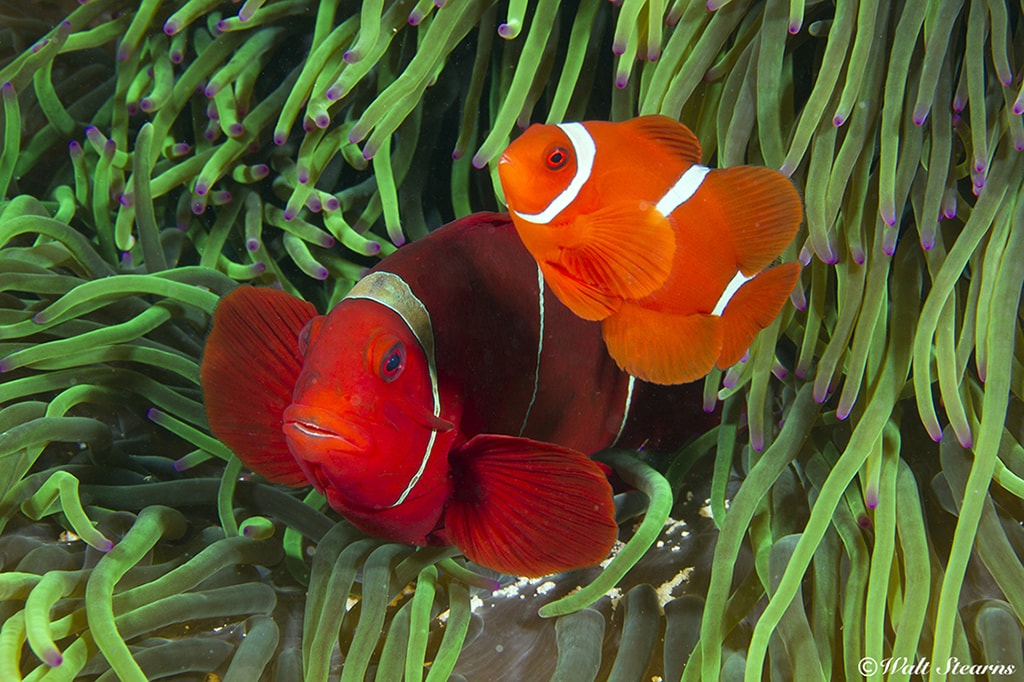
Other liveaboard itineraries also venture into Triton Bay, which is known for extensive soft coral coverage, vast forests of black coral, big schools of fish, epaulette sharks, pilot whales and more. Recently, divers have also discovered Cenderawasih Bay, where whale sharks congregate. Indonesia's other prime liveaboard destination is the Komodo region, where divers can choose between calm reefs and coral-covered pinnacles that attract large schools of fish, with a good chance of mantas and sharks, plus land visits to see Komodo dragons. Other liveaboard itineraries may take in remote sites in the Banda Islands, known for dense fish populations and pelagic sightings, the stunning coral reefs of the Wakatobi archipelago, and Alor, which is known for its macro life.

Big Animals in Blue Water
The Baja Peninsula is the launching point for some of the most electrifying big animal encounters on earth. From the port of Cabo San Lucas, a liveaboard fleet sets sail for the Revillagigedo Archipelago, a group of uninhabited rock islands which included Socorro, Clarion, San Benedicto and Roca Partida. These islands are sometimes called the Socorro's because it is easier to pronounce. But no matter the name, this is one of the world’s hot spots for big animals and giant manta encounters in open water. Mantas can be seen at a majority of dive sites around the area, with one of the best being a cleaning station at San Benedicto Island where the mantas show up for grooming with predictable regularity.

The undersea landscape of the islands presents a series of volcanic slopes, steps and ridges near the shoreline, along with offshore pinnacles. In addition to mantas, these remote islands also attract passing pelagics, including large pods of dolphin, schools of jacks and yellowfin tuna and a variety of whales that includes humpbacks, false killers and pilot whales, plus a showcase of sharks that includes white tips, silver tips, silkies, hammerheads, threshers, and occasionally tigers.
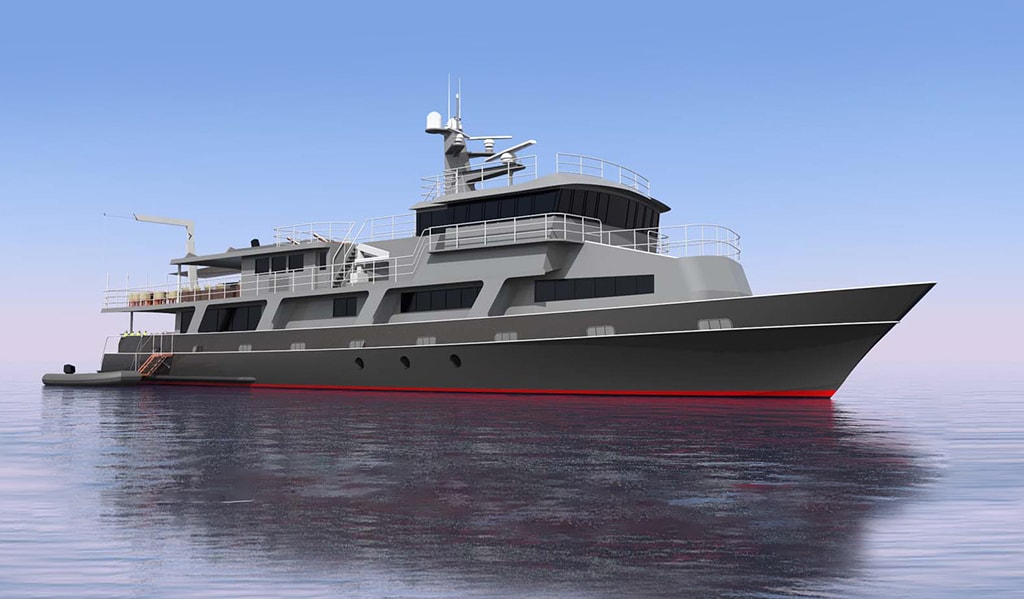
Diving the Crossroads
The Galapagos Islands sit at the junction of five major oceanic currents. The mixings and upwellings of these conflicting flows bring nutrient-rich waters that support large schools of fish and attract a plethora of big animals. Corals cling to some of the volcanic slopes that surround the islands, but animal encounters are the primary focus. Liveaboards are the only way to gain access to the entire archipelago, and Wolf and Darwin are the prime destinations for schooling hammerheads and giant whale sharks, as well as Galapagos and silky sharks. Itineraries may also include Bartolome, Punta Carrion, the north end of Isabela and Fernandina, plus Santa Cruz and neighboring Baltra and North Seymor Islands.
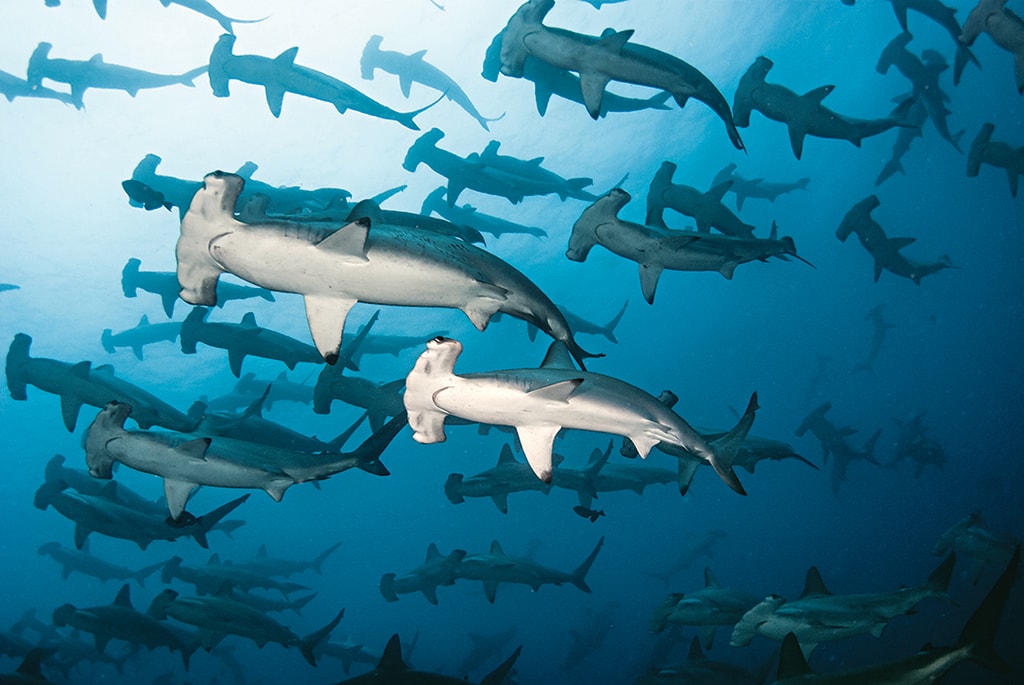
On Santa Cruz Island, Punta Carrion yields white-tipped reef sharks, eagle rays, cow nose rays and marbled stingrays, green turtles and sea lions. On Bartolome Punta, divers find more of the same, plus a volcanic and coral slope populated with red-lipped batfish, small groupers, schools of snappers, Creole fish and jacks. At this and similar sites, schooling fish often form into massive shoals. A favorite for divers is when big-eyed jacks converge in such high numbers that they form what is collectively called a “Jack-nado” for their giant swirling funnel shape formations. The waters attract a laundry list of species that includes eagle rays, marble rays, Galapagos sharks, silky sharks, green turtles, sea lions, dolphin, fur seals, schools of bonito and yellowfin tuna, snappers, barracudas and almaco jack. Divers can move into the shallows at Cabo Douglas to see diving Galapagos penguins, marine iguanas, flightless cormorants and sea lions. Closer looks will reveal horn sharks, seahorses, red-lipped Batfish, groupers, snappers, and creole fish.
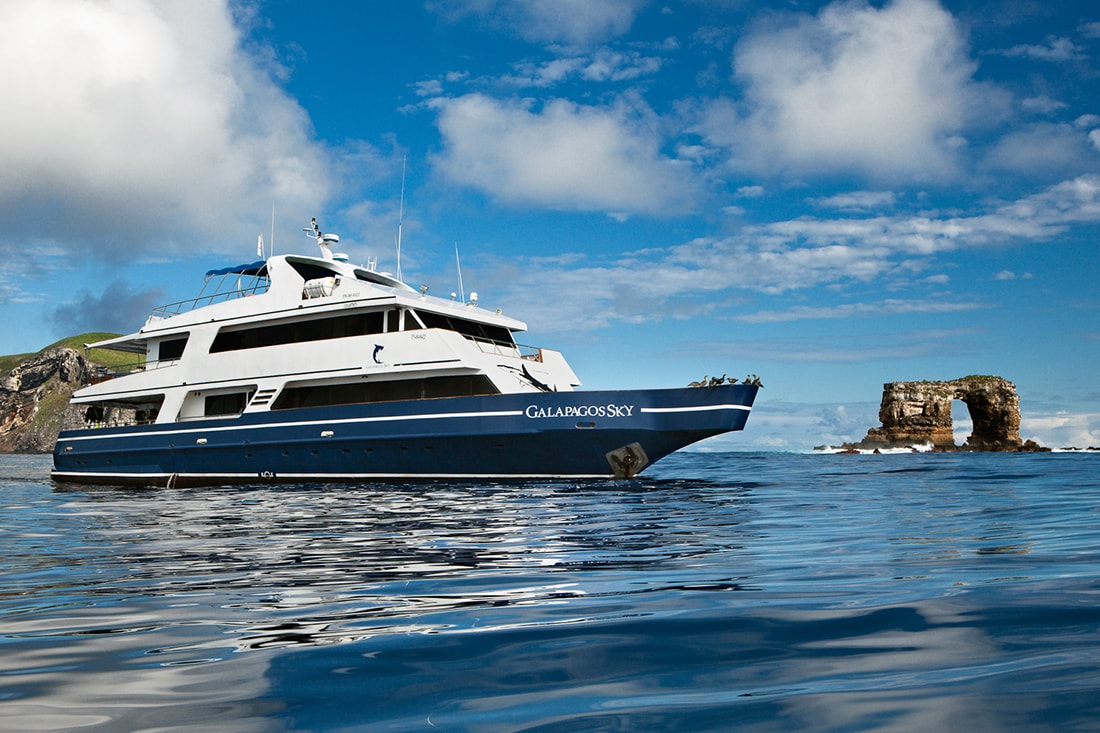
Caribbean Treasures
For decades, Cuba was the forbidden fruit of Caribbean diving. Recent shifts in a geopolitical relationship have now given divers from the United States access to these waters and to an area long off-limits to even the locals. Off Cuba's south-central coast lie a collection of mangrove islands and coral reefs known as Jardines de la Reina, the gardens of the queen. Now designated as a national park, this area was once Fidel Castro's private playground for diving and fishing. Decades of limited access have allowed the reefs to thrive in near-pristine condition. Even now, access is limited to just 3,000 divers power year, and the only way to visit these waters is aboard a liveaboard dive boat. The attraction for divers isn't rare creatures or unusual underwater formations, it is simply the chance to dive thriving reefs covered in healthy corals and populated with a full cast of characters.

The Gardens of the Queen is one of the only places in the Caribbean home to a resident populations of Goliath groupers, along with large black groupers and numerous other reef-dwelling members of the family. Underwater terrains that range from shallow reefs to deep coral canyons harbor giant schools of grunt, porkfish and schoolmaster snapper, and are patrolled by tarpons and sea turtles. Caribbean reef sharks are common, and some sites are also known for silky sharks. On additional encounter that the Gardens are known for takes place on the shallow grass beds near the mangrove forests. Here, a number of North American crocodiles’ venture into clear water and become a favorite subject for photographers.
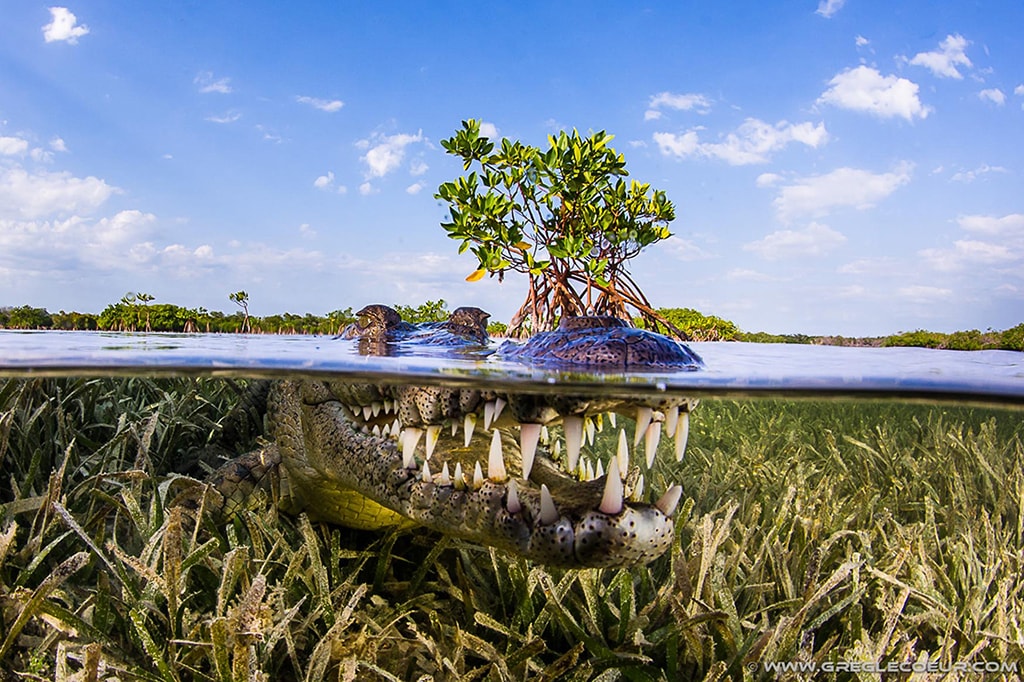
Caradonna works with premier liveaboard dive boats in all of these regions, and more. We can recommend the best itineraries and the best seasons. To plan you liveaboard dive vacation., just give us a call at 800-330-6611 or send a note to sales@caradonna.com.